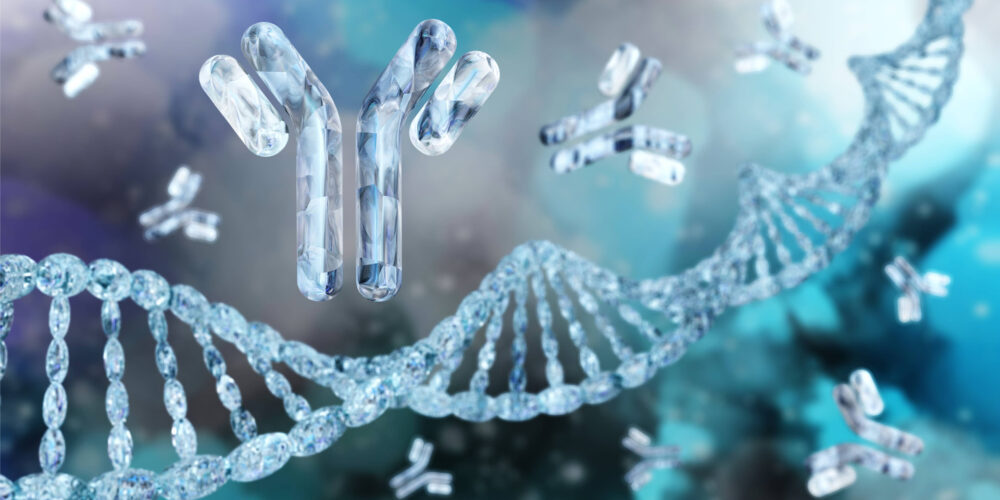Investigate genotoxicity using a flow cytometry based micronucleus test in TK6 cells.
Cyprotex delivers consistent, high quality data with the flexibility to adapt protocols based on specific customer requirements.
Introduction
Assess genotoxicity using TK6 cells and flow cytometry.
- Two key classes of genotoxic agents are clastogens and aneugens. Clastogens directly damage DNA resulting in double strand DNA breaks. Aneugens produce numerical chromosome aberrations (aneuploidy), the result of “lagging” chromosomes.
- The actions of both anuegens and clastogens result in the formation of micronuclei within daughter cells following cell division.
- Flow cytometry allows multiparametric analysis of compound effects including cytostasis, cellular death and cell cycle arrest in addition to micronucleus formation.
- Flow cytometry quantifies marker intensity (Hoechst, CFDA-SE, EMA) and object size to detect micronuclei.
- Exclusion of necrotic and late apoptotic cells from analysis reduces false positives for genotoxicity. Monitoring of cytostasis and exclusion of cytostatic cells from micronucleus analysis also helps to reduce false negative results.
- The human lymphoblast line TK6 expresses the wild type p53 protein, shown to be important in accurate genotoxicity prediction1.
Protocol
In Vitro Micronucleus Test Protocol using TK6 Cells & Flow Cytometry
Data
Data from Cyprotex's In Vitro Micronucleus Test using TK6 Cells & Flow Cytometry
References
1) Kumari R et al., (2014) p53 regulation upon genotoxic stress: intricacies and complexities. Mol Cell Oncol 1(3); DOI: 10.4161/23723548.2014.969653
2) Corvi R et al. (2008) ECVAM retrospective validation of in vitro micronucleus test. Mutagenesis 23(4); 271-283
Downloads
- Cyprotex Mechanisms of Drug Induced Toxicity Guide >
- Cyprotex In Vitro Micronucleus Test (Flow cytometry TK6) Factsheet >

